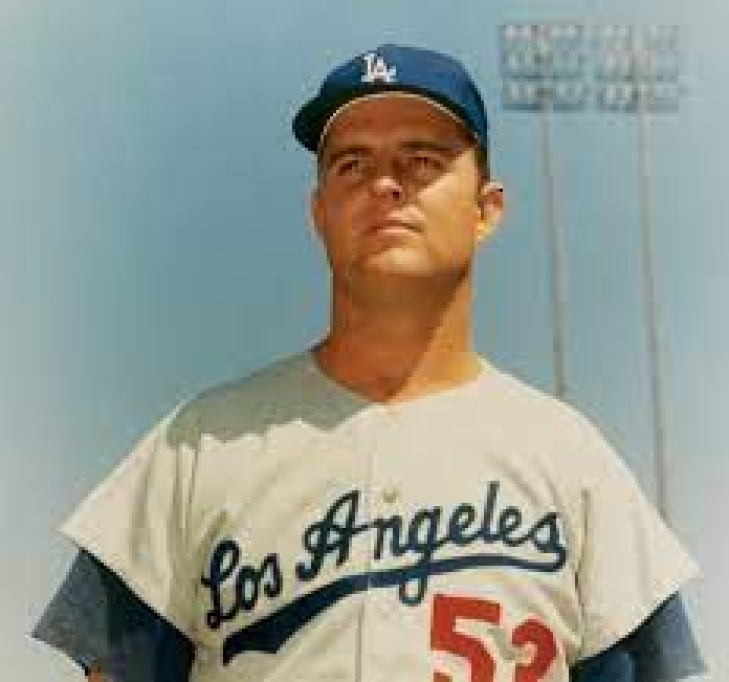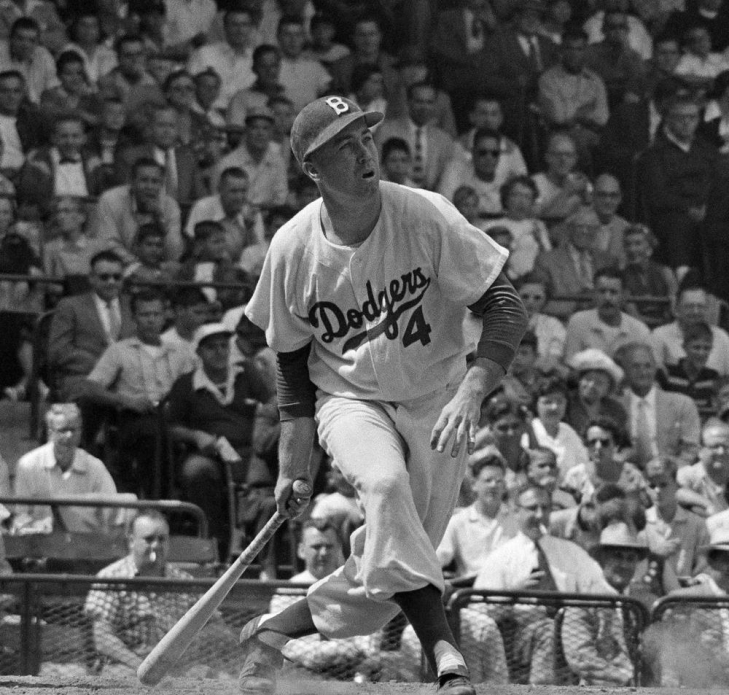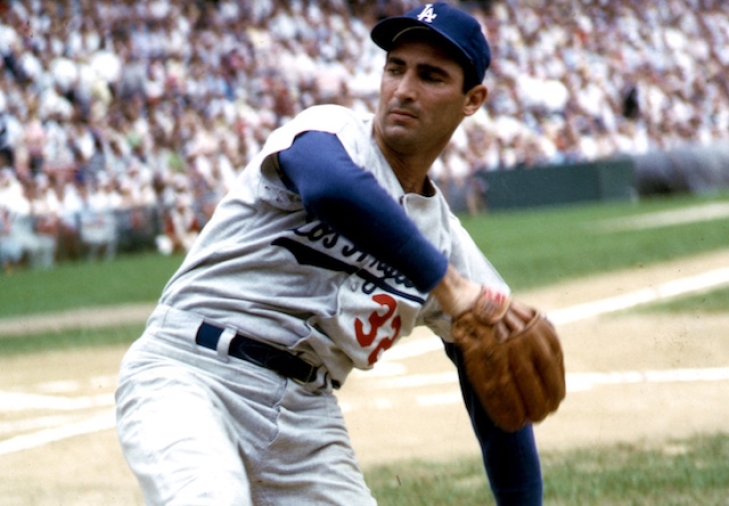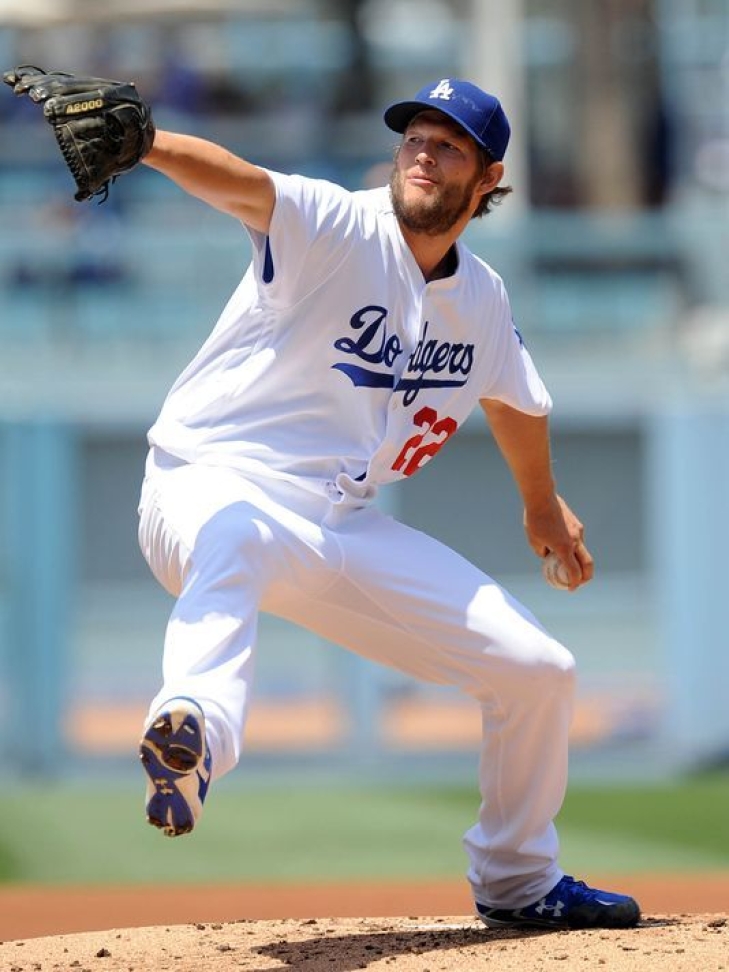
Committee Chairman
4. Don Drysdale
You could say that Don Drysdale was in the shadow of Sandy Koufax for most of his career, and there is nothing wrong with that. Koufax was a special player in his second half, and no other practitioner of the mound in the 1960s first half-decade would not have been his second fiddle. Shadow or no shadow, Drysdale was a special Pitcher on an exceptional team and worthy of this top-five rank.
5. Duke Snider
The Brooklyn Dodgers put together a potent lineup in the 1950s that would feature a collection of future Hall of Famers and legends. If we hold that true, then let’s remember that the man who batted third in this lineup for years was Duke Snider, the power man of a power team.
Snider came up through the ranks with fellow legend Jackie Robinson, and though he fell behind Robinson in fame overall, his performance as a Dodger arguably eclipsed his teammate. Becoming a starting Outfielder in 1949, "The Duke of Flatbush" might have succumbed to a high share of Strikeouts, but he positioned himself as one of the top power hitters in the 1950s.
A perennial All-Star from 1950 to 1956, Snider had a rough start to that streak, as he was routinely criticized in the last half of the 1951 Season when he slumped the Dodgers blew a 13 Game lead to the Giants. He overcame the lousy press to blast 40 Home Runs in four straight years (1953-56), winning the Home Run Title in '56 (43) while also leading Brooklyn to a World Series win. Throughout this 1950-56 run, Snider also captured the 1955 RBI Title (136), won two Slugging Titles and two OPS Titles, and was in the top ten in MVP voting five times.
As the Dodgers moved west to Los Angeles, Snider's skills eroded, but he still helped them win the World Series as an elder statesman and dugout leader. His contract was sold to the expansion New York Mets in 1963, reuniting him with his fanbase in New York City.
Snider overall accumulated 1,995 Hits, 389 Home Runs, and 1,271 RBI while batting .300 as a Dodger. He entered the Baseball Hall of Fame in 1980, and Los Angeles retired his number 4 the same year.
3. Sandy Koufax
One of the many players we could have easily inserted as the greatest Dodger of all time is Sandy Koufax, and had we done this list two years before its first publication (2022), he likely would have been.
Koufax was a walk-on at the University of Cincinnati, and while he showed poor control, he had the velocity. The southpaw was scouted by the Dodgers and was signed by them in late 1954, and his sheer talent propelled him to the Majors the following summer, but the first half of his career was not what got him into the Hall of Fame.
It was widely believed that Koufax was the hardest thrower in the game, but the accuracy wasn't coming, and when he got in trouble, the more erratic he became. From his debut to 1960, he had a losing record of 36-40 with an ERA of 4.10 and a WHIP of 1.428. Koufax and the Dodgers knew the talent was there, but he grew frustrated and considered quitting. He opted to give it one more year, with Koufax giving his all, dedicating himself to improved fitness. More importantly, one of the Dodgers' scouts noticed that he reared back so far that he lost sight of the plate. These corrections made Koufax the most feared Pitcher of the next six years.
1961 would be his breakout year, with Koufax going 18-13 with a league-leading 269 Strikeouts and topping the NL in FIP (2.00) and SO/BB (2.80). Koufax was an All-Star this year, beginning a six-year streak, the first of many. Koufax won his first ERA Title in 1962 (2.53) and WHIP Title (1.036), starting a five-year run and a four-year, respectively, as the league leader. The first two seasons of the 1960s were terrific, but it was about to get even better.
It can be debated that the next four years were the best ever by a Pitcher. Not only did he keep his ERA under 2.05 in all those years, but his WHIP also stayed under one. Koufax led the NL in three years (1963, 1965 & 1966), and he won the Cy Young in all of those seasons, with a third-place finish in 1964. He also won the MVP in 1963 and was the runner-up for the award in 1965 and 1966.
Koufax, who had already won a World Series Ring in 1959, led Los Angeles in 1963 and 1965, going a combined 4-1 and allowing four Earned Runs over 42 Innings with 52 Strikeouts. He won the World Series MVP in both of those playoffs, and while the teams were loaded with talent, it is difficult to envision the Dodgers winning ’63 and ’65 without Koufax.
As great as Koufax was from 1963 to 1966, traumatic arthritis forced him to retire. Koufax was inducted into the Baseball Hall of Fame in his first year of eligibility, and at the age of 37, he was (and still is) the youngest man to enter the Hall. Los Angeles retired his number 32 in 1972, which should have happened much sooner.
1. Clayton Kershaw
When making these lists, they are supposed to be fun and to use the proverbial number 99.9, which is the percentage they are. With the Los Angeles Dodgers, it was so hard, and there were so many people we could choose from within the top tier that choosing amongst icons was befuddling. Especially considering the man we decided at the top is a current player.
As great as Clayton Kershaw has been, deciding on the Pitcher was very difficult. It was not all about advanced metrics, as Kershaw has the overflowing trophy case, the World Series Ring, and an eventual plaque in Cooperstown. The Dodgers have won many titles and housed many eventual Hall of Famers and iconic players in both their existence in Brooklyn and Los Angeles, but in the end, with Kershaw, whose 71.9 bWAR with the Dodgers is a franchise high.
Kershaw was a First Round pick in 2006, and the lefthander would soon draw comparisons to another famous Dodger and southpaw legend, Sandy Koufax. He debuted two years later and methodically improved over his first few seasons, and the pundits were predicting that he was poised for a breakout. In 2011, they would be right.
Major League Baseball does not do a Pitcher of the Decade, but for the 2010s, it would be Kershaw or Max Scherzer. Scherzer ascended to the opening-day starter in 2011, and he was the top dog in Los Angeles and all of the National League. He won the Cy Young with a league-leading 21 Wins, 2.28 ERA, and 0.977 WHIP. As great as Kershaw was in 2011, he was still under 25, and his best was still ahead of him.
Kershaw did not win the Cy Young in 2012, finishing second to New York’s R.A. Dickey, but did win his second ERA (2.53) and WHIP Title (1.023). The lefthander was even better the next two seasons, capturing the Cy Young in both 2013 and 2014 and again winning the ERA and WHIP titles, with both metrics under two and one, respectively. Kershaw was so good in 2014 that he won the MVP, and in addition to his ERA (1.77) and WHIP (0.857), he also topped the NL in SO/BB (7.71) and FIP (1.81).
The Cy Youngs may have ended for Kershaw, but he was still a contender for the award in the mid-2010s. Kershaw won his fifth ERA Title in 2017 (2.31) and finished in the top five in Cy Young from 2015 to 2017, including a second-place finish in 2017. An annual All-Star from 2011 to 2017, Kershaw was so again in 2019, and he had another top ten Cy Young finish and again in 2020. That might have been the most special season for Kershaw.
Kershaw led Los Angeles to the playoff nine times, including two World Series appearances, but they had not won it all until 2020. The Dodgers won the World Series because Kershaw won two games against Tampa, and he finally had his ring. Kershaw kept going, going to two more All-Stars (2022 & 2023), but fell off in 2024, though his team won another World Series (though Kershaw did not play)
As of this writing, Kershaw's career in Los Angeles (and perhaps the sport) could be over, but he is the all-time leader in bWAR (79.4), Strikeouts (2,968), and is second in Wins (212).
Regardless of what happens to Kershaw in the next few years, his legacy as a Dodgers is intact, and we proudly (as tough as it was) anoint him as the greatest Dodger of all time.





